What Can We Do About TikTok Learning?
Educational videos in TikTok are becoming more and more popular — is that a good thing and what can we learn from it?
TikTok Learning — Good or Bad?
TikTok is no longer just about fun, dancing, and trends: it is now one of the mainstream learning platforms. Videos with such tags as #LearnOnTikTok, #Study, and the like have racked up hundreds of thousands or even millions of views. That's no surprise — the platform still attracts millions of teenagers who swipe up, eager for new content. And the ready-to-play video format allows you to deliver information in a way that the viewer won't get bored.
It might seem like there's nothing wrong with that — kids are learning new things while browsing TikTok, what's not to like? But studies show that a huge percentage of all these educational videos contain false information. Children are unlikely to think about the sources of the information presented to them by unknown "scholars" — it is simply informational chewing gum for them.
TikTok even has entire channels dedicated to exposing the most popular videos with fakes. The authors break down the misinformation, prove it, and give their sources. So do not forget about information hygiene while watching TikToks: remind your children that they should not completely trust the facts presented in the app, teach them to check the facts and use their critical thinking.
Why is this format more successful than traditional learning?
Of course, TikTok has an advantage over textbooks and schools: it's a trendy app that all peers use. The innovative format engages children, and even if we're talking about educational videos, the unique presentation makes viewers want more and more content.
What can we learn from TikTok? Obviously, to learn new ways of presenting information: giving up long texts, introducing video and audio materials, turning learning into a mini-game.
The easiest and most straightforward way is to start recording lectures in video format, if you don't already do so. Break down the syllabus into several parts, make a video for each topic, and show it to your students, either at school or remotely.
What can we learn from TikTok? Obviously, to learn new ways of presenting information: giving up long texts, introducing video and audio materials, turning learning into a mini-game.
The easiest and most straightforward way is to start recording lectures in video format, if you don't already do so. Break down the syllabus into several parts, make a video for each topic, and show it to your students, either at school or remotely.
For example, you can try recording educational videos at Jalinga Studio:
you don't have to set up equipment, cameras, and lights. The videos do not need to be edited, and the process itself requires a lot less time as compared to classical filming.
Jalinga's innovation — a transparent interactive whiteboard — will increase children's involvement and interest: the finished video will have an immersive effect in the speaker's presentation.
Try Jalinga — contact us and we will book a time for you to try it.
Jalinga's innovation — a transparent interactive whiteboard — will increase children's involvement and interest: the finished video will have an immersive effect in the speaker's presentation.
Try Jalinga — contact us and we will book a time for you to try it.
Get a consultation
We will consult you and offer time for a visiting our studio that works for you.
By clicking the "Submit" button, you agree to our privacy policy
Learn more about Jalinga video studio
and see how it works here!
and see how it works here!


